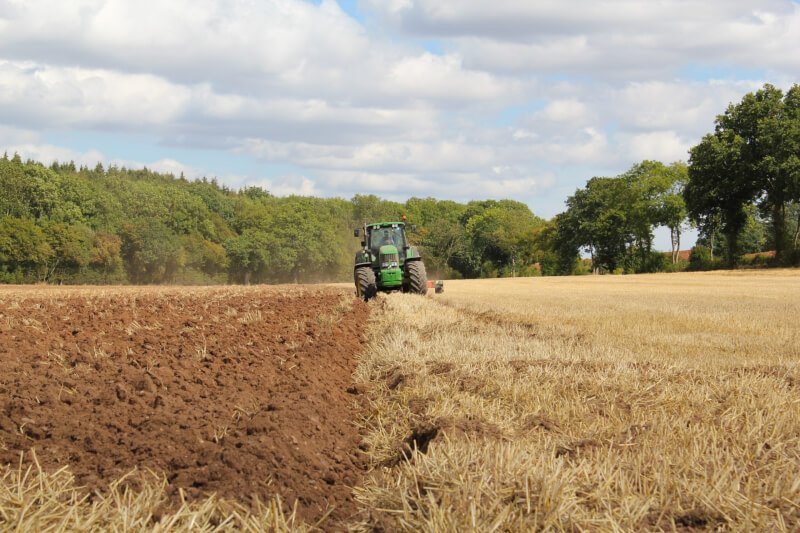You may be wondering about the distinction between urban agriculture and community gardening – after all, both involve growing plants in urban environments. In this article, we will explore the unique characteristics that set these two practices apart. By understanding the differences, you’ll have a clearer picture of how each approach contributes to sustainable food production and community building. Let’s delve into the fascinating world of urban agriculture and community gardening to uncover their distinctive features.
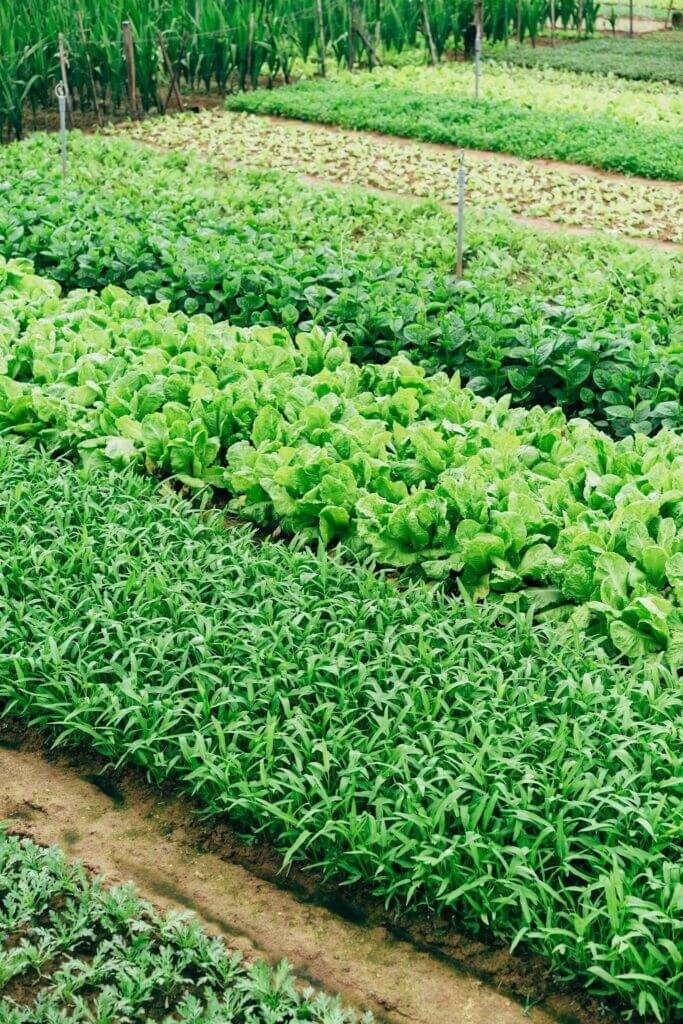
Definition of Urban Agriculture
Definition
Urban agriculture refers to the practice of cultivating, processing, and distributing food within urban or peri-urban areas. It involves various forms of agricultural activities, such as growing vegetables and fruits, raising livestock, and beekeeping. The key characteristic of urban agriculture is that it takes place in urban settings, such as rooftops, balconies, vacant lots, and community gardens, rather than traditional rural farmland.
Purpose
The purpose of urban agriculture is multi-faceted. Firstly, it aims to increase access to fresh, nutritious, and locally produced food in urban areas, where the availability of such food options may be limited. By growing food locally, urban agriculture reduces the need for transportation, which in turn lowers carbon emissions and contributes to a more sustainable food system. Additionally, urban agriculture promotes community engagement, education, and empowerment by involving residents in the various stages of food production.
Scale
Urban agriculture can range from small-scale backyard gardens to larger community gardens and commercial operations. The scale of production varies depending on available land, resources, and the goals of individuals or groups engaged in urban agriculture. Some may grow food primarily for personal consumption, while others may aim to meet the food needs of their local community or generate income through the sale of produce.
Location
Urban agriculture can be found in diverse urban and peri-urban areas around the world. It is often practiced in cities where there is a high population density and limited access to green spaces or fresh produce. Urban agriculture projects can be found in both developed and developing countries, reflecting the universal need for sustainable and locally sourced food options in urban environments.
Definition of Community Gardening
Definition
Community gardening refers to the collective cultivation of land by a group of individuals or organizations within a community. It involves the shared use of land, tools, and resources for gardening purposes. Community gardens are typically located in urban or suburban areas and are often managed by residents or community organizations. These gardens provide individuals with the opportunity to grow their own food, learn about gardening, and foster a sense of community.
Purpose
The purpose of community gardening is centered around community building, food production, and education. Community gardens serve as spaces where individuals can connect with their neighbors, share knowledge and skills, and collaborate on growing food. These gardens not only provide locally grown produce but also offer opportunities for residents to engage in physical activity, learn about sustainable gardening practices, and cultivate a sense of ownership and pride in their community.
Scale
Community gardens can vary in scale depending on the available space and the number of participants involved. They can range from small individual plots in a shared garden space to larger collective gardens managed by community organizations. The scale of a community garden is often determined by the needs and interests of the participants, as well as the available land and resources in the community.
Ownership
Community gardens are typically owned or leased by local governments, non-profit organizations, or sometimes even private landowners who allocate the land for community gardening purposes. The ownership of community gardens may vary depending on the local context and the partnerships established between community members and relevant stakeholders. The collective ownership and management of community gardens encourage active participation and shared responsibility among the community members involved.
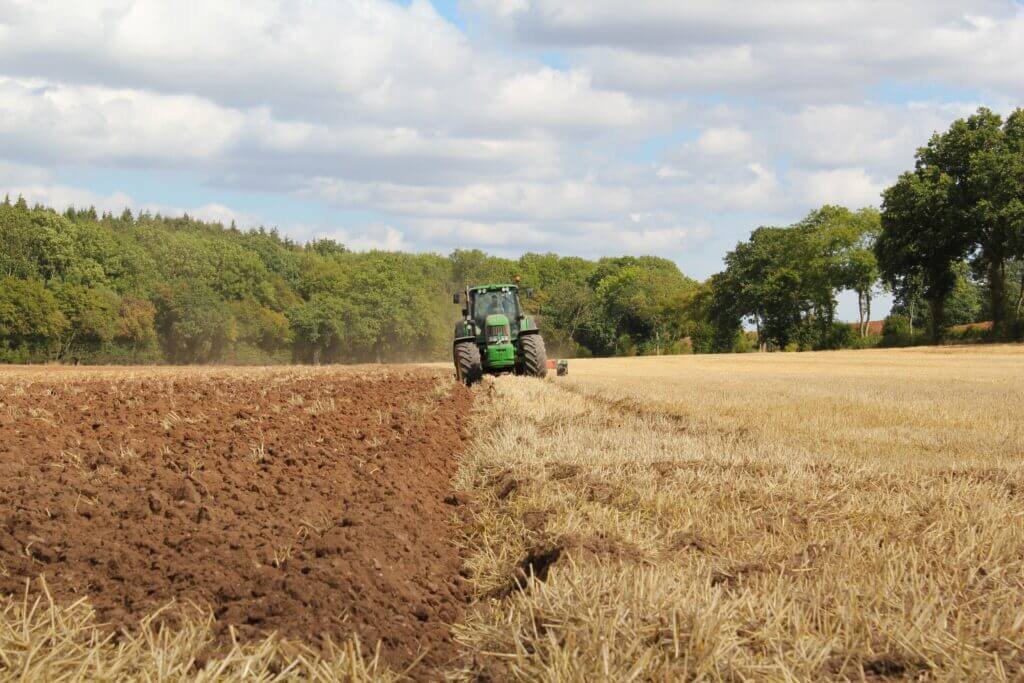
Focus
Urban Agriculture Focus
Urban agriculture primarily focuses on the production of food and other agricultural products within urban areas. It encompasses a broader range of agricultural activities, including both plant and animal cultivation. The emphasis is on sustainable and locally sourced food production to address food security issues, increase self-sufficiency, and promote healthy eating habits.
Community Gardening Focus
Community gardening places a strong emphasis on community engagement, education, and empowerment. While food production is an important aspect, it is equally focused on building social connections, fostering a sense of belonging, and promoting sustainable gardening practices. Community gardening encourages individuals to actively participate in the gardening process and contributes to the overall well-being of the community.
Land Use
Urban Agriculture Land Use
Urban agriculture optimizes land use in urban areas by utilizing underutilized spaces like rooftops, balconies, and vacant lots. It often involves creative approaches to maximize productivity in limited space, such as vertical gardening, hydroponics, and rooftop gardens. Urban agriculture can be integrated into the built environment, making use of available urban infrastructure to support food production.
Community Gardening Land Use
Community gardening typically involves the use of dedicated land plots specifically designated for gardening purposes. These plots can be found in public parks, schoolyards, or other communal areas where residents can come together to cultivate and maintain their gardens. Community gardens utilize open land and transform it into productive green spaces that promote interaction, beautification, and environmental sustainability within the community.
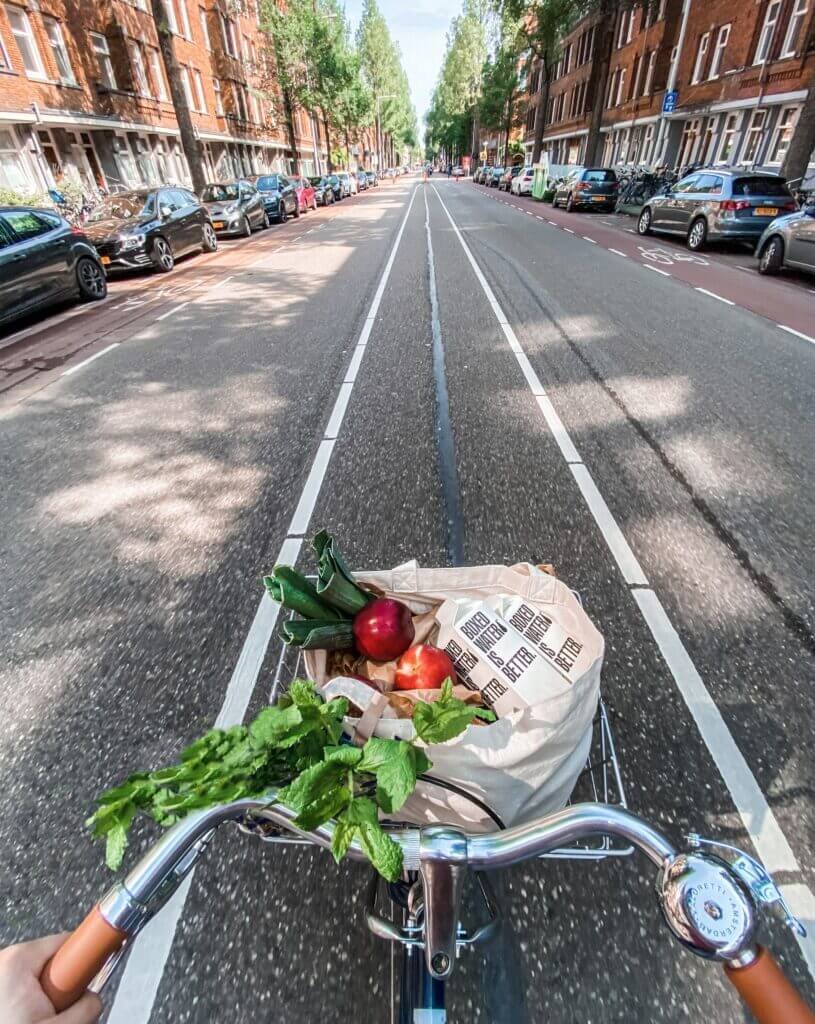
Production Method
Urban Agriculture Production Method
Urban agriculture employs various production methods tailored to urban environments. This may include techniques like container gardening, vertical farming, aquaponics, or hydroponics. These methods allow for efficient use of resources such as water and nutrient inputs, while also maximizing crop yields in small spaces. Urban agriculture often incorporates sustainable practices, such as organic farming methods and the use of renewable energy sources, to minimize environmental impacts.
Community Gardening Production Method
Community gardening typically involves conventional gardening practices where plants are grown directly in the soil using organic or traditional gardening techniques. It emphasizes manual labor, community involvement, and knowledge sharing. Participants usually use hand tools, organic fertilizers, and composting methods to nurture and cultivate plants. Community gardening often encourages the use of environmentally friendly practices, such as composting and water conservation, to promote sustainable gardening methods.
Scale of Production
Urban Agriculture Scale of Production
Urban agriculture can operate at various scales, ranging from small-scale backyard gardens to larger commercial operations. Small-scale urban agriculture is often focused on personal consumption or neighborhood markets, while larger-scale operations may supply local restaurants, farmers’ markets, or even participate in regional food distribution networks. The scale of urban agriculture is influenced by factors such as available land, resources, and the purpose of production.
Community Gardening Scale of Production
Community gardening is typically characterized by smaller-scale production, as the focus is often on individual or collective plots maintained by community members. The scale of production is primarily determined by the size of the community garden and the number of participants involved. While community gardens may not produce large quantities of food compared to commercial operations, they play a vital role in promoting local food production, education, and community development.
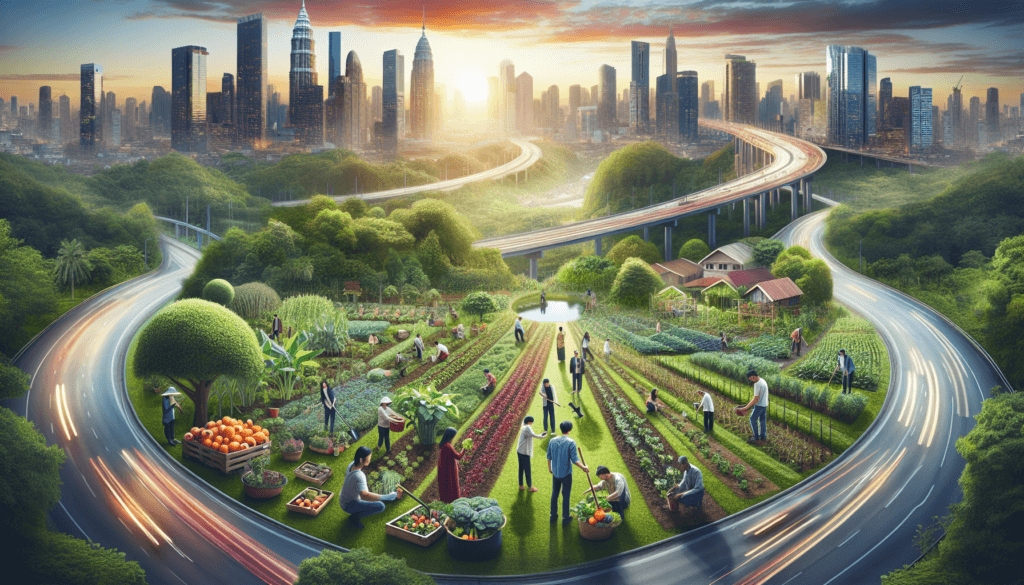
Primary Goals
Urban Agriculture Primary Goals
The primary goals of urban agriculture include increasing food security and access to fresh, locally produced food, promoting sustainable and resilient food systems, reducing food miles and carbon emissions, and fostering community engagement and empowerment. Urban agriculture strives to address the challenges of urbanization, limited access to green spaces, and the disconnect between urban residents and food production.
Community Gardening Primary Goals
The primary goals of community gardening are centered around community building, education, and individual empowerment. The focus is on providing individuals with the opportunity to grow their own food, connect with their neighbors, and develop a sense of pride and ownership in their community. Community gardening aims to improve food literacy, promote sustainable gardening practices, and enhance the overall well-being of individuals and communities.
Economic Benefits
Urban Agriculture Economic Benefits
Urban agriculture can provide numerous economic benefits to individuals, communities, and local economies. By producing food locally, urban agriculture reduces the dependence on faraway suppliers, thereby promoting self-sufficiency and reducing transportation costs. It can create employment opportunities through the establishment of urban farms, farmer’s markets, and related businesses. Additionally, urban agriculture contributes to local economic development by generating revenue through the sale of produce and supporting local businesses within the food system.
Community Gardening Economic Benefits
Community gardening offers various economic benefits at the individual and community level. By growing their own food, participants can reduce their grocery bills and access fresh, nutritious produce at a lower cost. Community gardens can also be a source of additional income, as surplus produce can be sold or traded within the community. Moreover, community gardening projects often stimulate local economic activity through the creation of markets for gardening supplies and support local agriculture-related businesses.
Social Benefits
Urban Agriculture Social Benefits
Urban agriculture has significant social benefits that enhance the quality of life and overall well-being of individuals and communities. It creates opportunities for social interaction, community bonding, and the development of social networks. Urban agriculture projects foster a sense of belonging, pride, and empowerment among participants, who take part in a shared endeavor that directly contributes to their community’s food production. Additionally, urban agriculture promotes education, skill development, and knowledge sharing, which can empower individuals to make informed choices regarding their food consumption.
Community Gardening Social Benefits
Community gardening plays a vital role in fostering social connections and enhancing community cohesion. It provides a shared space for people to come together, share experiences, and build relationships. In community gardens, individuals learn from one another, exchange gardening tips, and collaborate on various gardening tasks, promoting a sense of collective responsibility and cooperation. Community gardening also has potential physical and mental health benefits, as it encourages outdoor physical activity, reduces stress, and creates opportunities for relaxation and mindfulness.
Policy and Government Support
Urban Agriculture Policy and Government Support
The recognition of the importance of urban agriculture has led to the development of policies and government support in many cities and countries around the world. Governments have implemented zoning regulations, land-use policies, and building codes that facilitate urban agriculture. They have initiated programs to provide financial incentives, technical assistance, and training for urban farmers. Additionally, policymakers have supported initiatives to promote urban agriculture in underserved communities, addressing issues of food access, social equity, and environmental sustainability.
Community Gardening Policy and Government Support
Community gardening has gained recognition and support from local governments and policymakers due to its numerous benefits for communities. Cities and municipalities have established programs to secure and allocate land for community gardening purposes, provide resources like tools and compost, and offer technical support and training to community garden organizers and participants. Furthermore, governments have recognized community gardens as valuable assets for community development, food security, and environmental sustainability, leading to increased support and funding for these initiatives.
By understanding the difference between urban agriculture and community gardening, individuals and communities can make informed choices when it comes to engaging in food production, community development, and sustainable practices. Both urban agriculture and community gardening offer unique opportunities to address food security, promote local food systems, and strengthen community relationships. Whether it’s through cultivating rooftop gardens or maintaining a community plot, these practices contribute to sustainable and resilient cities while nourishing both individuals and communities.

